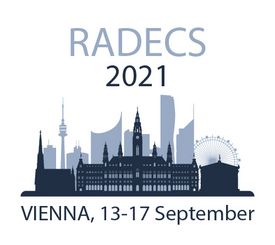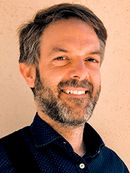Abstract
To progress in the field of rad-hard electronics, by understanding the basic damage mechanisms, designing and manufacturing radiation resistant devices and system, testing is a key point of the whole R&D process.
The radiation hardness community, in particular its industrial members, not only demand the right particle source for their tests: radiation facilities should provide to these users a service that makes testing effective, reliable and responding to all the technical and organizational needs of a testing campaign.
This is what the RADNEXT project aims at: building a network of irradiation facilities with harmonised and streamlined access procedures, where high scientific and technical standards meet ease of access and full exploitation of such resources by their users.
In my talk I will present the project in its several work packages, focussing on the transnational access opportunities that it offers to the radiation testing community in terms of quantity and quality of its facilities portfolio.
Short CV
Salvatore Fiore, nuclear and particle physicist, is a research scientist of the Fusion and Nuclear Safety department of ENEA in Frascati, Italy. He is the coordinator of the Transnational Access activities for the RADNEXT project, aiming at the creation of a network of facilities for radiation hardness testing of electronic components and systems.
He received his PhD in particle physics in 2008, he participated in several collider physics experiments (ATLAS, KLOE, BELLE II) and related beam test campaigns, facing the challenges related to the radiation effects testing on particle detectors, from scintillating crystals to photodetectors and front-end electronics. Moving to nuclear physics experiments and fusion applications, he developed radiation resistant detectors for harsh fusion environments, and is now leading the user access program at the 14 MeV Frascati Neutron Generator FNG facility.















